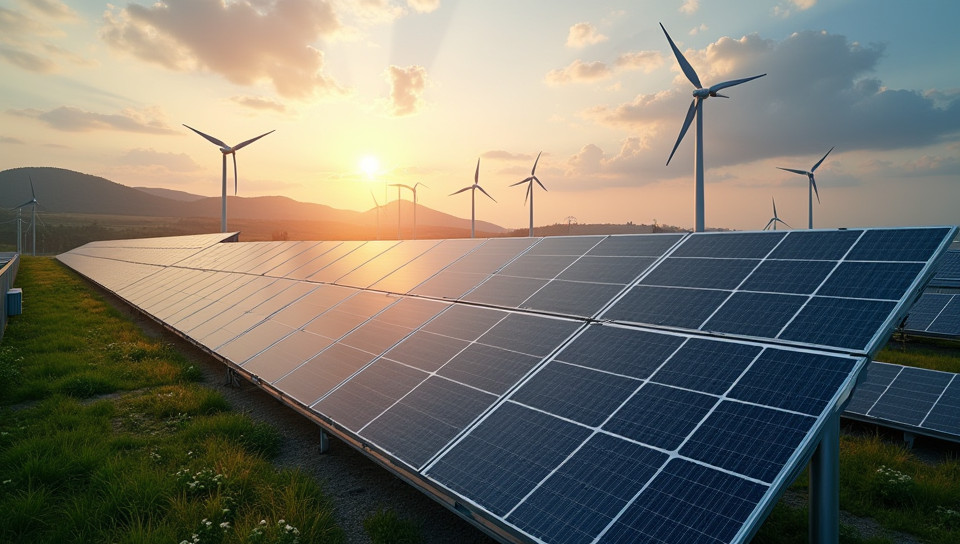Renewable energy sources struggle to meet economic demands 93%

Renewable Energy's Economic Conundrum
As the world shifts towards cleaner and more sustainable energy sources, renewable energy has become an increasingly vital component of our global energy mix. However, beneath the surface lies a complex issue that threatens to undermine the growth of these essential resources: their inability to meet economic demands.
The Rise of Renewable Energy
In recent years, renewable energy has made tremendous strides in terms of adoption and technological advancements. Solar panels have become cheaper and more efficient, while wind turbines continue to grow taller and produce more electricity. As a result, countries around the world are setting ambitious targets to transition towards 100% renewable energy.
Economic Challenges Facing Renewable Energy
Despite this progress, renewable energy sources face significant economic challenges that hinder their growth. One of the primary concerns is the high upfront costs associated with installing large-scale solar and wind farms. The cost of these projects can be prohibitively expensive for many countries, making it difficult to justify the investment.
Another challenge is the intermittency of renewable energy sources. Solar panels require sunlight to generate electricity, while wind turbines need wind speeds to produce power. This makes it challenging to integrate renewable energy into the grid, as the supply and demand must be carefully balanced to avoid power outages.
Why Renewable Energy Can't Meet Economic Demands
- Higher upfront costs compared to traditional fossil fuels
- Intermittency of renewable energy sources
- Lack of infrastructure to support large-scale adoption
- Limited access to financing options for small-scale projects
- Policy and regulatory barriers that hinder growth
A Way Forward
While the challenges facing renewable energy are significant, they are not insurmountable. To overcome these economic demands, governments, private sector investors, and civil society must work together to create a supportive environment for renewable energy development.
This can be achieved through policies such as tax incentives, grants, and low-interest loans to help reduce the upfront costs associated with installing large-scale solar and wind farms. Additionally, investing in grid modernization and infrastructure upgrades will enable greater integration of renewable energy into the grid.
Conclusion
Renewable energy has the potential to transform our global energy landscape, but it requires a concerted effort from governments, businesses, and individuals to overcome its economic challenges. By acknowledging these obstacles and working together to address them, we can unlock the full potential of renewable energy and create a more sustainable future for generations to come.
- Created by: Mohammed Ahmed
- Created at: Aug. 18, 2024, 1:18 a.m.
- ID: 7716



